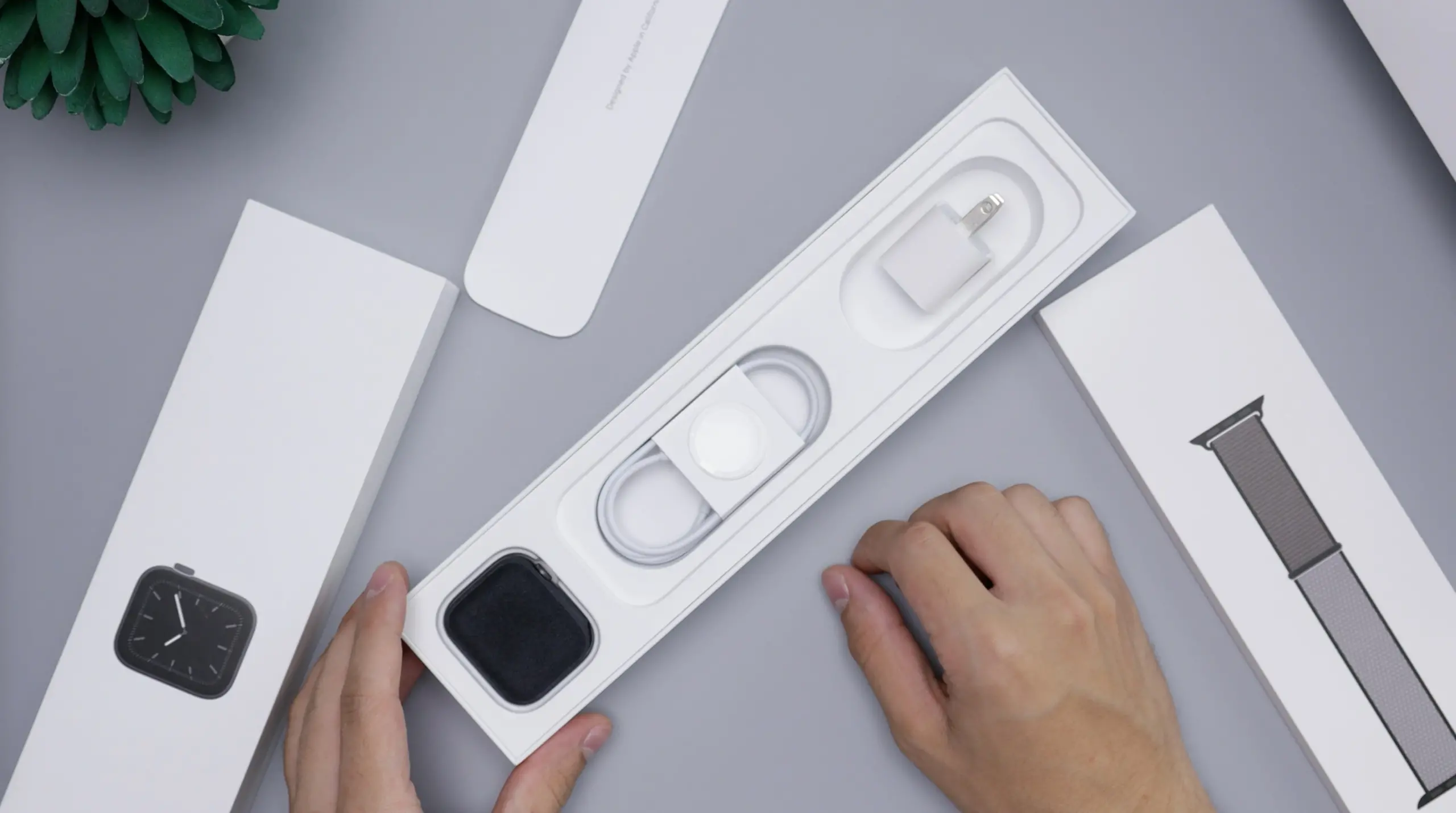Wearable technology such as smartwatches and fitness trackers is increasingly becoming part of our daily lives. These gadgets, when integrated with Android apps, can monitor health in real time, deliver notifications, and interact seamlessly with other devices.
However, the fusion of wearables and Android apps isn’t without its challenges. Developers must address battery life, data privacy, and unique design needs. As technology progresses, the possibilities for enhanced user experiences are expanding rapidly.
Disclaimer
We try our best to give authentic and informative details. The details provided are based on information available online and in the news. Some things may be changed after a certain date. Please refer to the official app pages or developers for the most accurate and up-to-date information.
Note: If you find anything wrong in this post feel free to contact us. Click Here to Contact Us.
Advanced Biometric Tracking
Advancements in biometric tracking are at the forefront of wearable technology. These features now include heart rate monitoring, sleep analysis, and even blood oxygen level measurement. Android apps are leveraging this data to provide users with a deeper understanding of their health.
Several apps offer personalized health insights based on biometric data. These insights help users make informed decisions about their wellness. For instance, sleep apps analyze patterns and suggest improvements for better rest.
Biometric tracking has also expanded into fitness domains. It allows for more precise tracking of activities like running, biking, and swimming. This data is crucial for athletes and fitness enthusiasts aiming to enhance their performance.
Customizable Notifications
Customizable notifications are another significant trend. Users can now tailor notifications to suit their preferences, ensuring they receive only what matters most. This reduces unnecessary distractions and improves the user experience.
For instance, a user can set their smartwatch to alert them only for important messages or reminders. This feature is particularly useful during workouts or meetings, where disruptions need to be minimized.
Data Synchronization
Data synchronization between wearables and Android apps ensures a seamless user experience. This integration allows for real-time updates and continuous data flow. Users can access their health data across multiple devices effortlessly.
Synchronization also supports comprehensive health tracking. For example, data from a fitness tracker can be synced with a nutrition app. This holistic view aids users in maintaining a balanced lifestyle.
Wearable data synchronization extends to cloud services. Users can back up their data and access it from anywhere. This feature is essential for long-term health monitoring and analysis.
Challenges: Battery Life
One of the primary challenges in wearable technology is battery life. Advanced features demand more power, which can drain batteries quickly. Developers are continually seeking ways to optimize energy consumption.
Some solutions include low-power processors and more efficient software algorithms. These innovations aim to extend battery life without compromising functionality.
Challenges: Data Privacy
Data privacy is a critical concern for users. Wearable devices collect vast amounts of personal health data. Ensuring this information remains secure is paramount.
Developers must implement robust encryption and privacy policies. Users should feel confident that their data is protected from unauthorized access. Transparency about data usage is also essential.
Recent advancements emphasize user consent. Users now have more control over what data is collected and how it’s used. This shift towards user-centric privacy is gaining traction in the industry.
Challenges: Wearable-Specific UI Design
Designing user interfaces for wearables presents unique challenges. The small screen size of smartwatches and fitness trackers requires careful planning.
UI elements must be easy to navigate and interact with. Developers often use simple icons and gestures to enhance usability.
Wearable UI design also focuses on quick information delivery. Users should be able to glance at their device and get the necessary data instantly. This approach is crucial for maintaining user engagement.
Enhanced Functionality and User Experiences
Effective integration of Android apps with wearables offers enhanced functionality. Users benefit from features like real-time notifications, comprehensive health tracking, and personalized insights.
This integration also fosters a more engaging user experience. Seamless interaction between devices ensures that users can access vital information at any time.
In the growing wearable tech market, providing superior user experiences is key. Developers must prioritize usability and functionality to stand out.
Future Trends to Watch
Looking ahead, several trends are poised to shape the intersection of Android apps and wearable technology. One notable trend is the integration of augmented reality (AR). This technology can offer immersive fitness experiences and enhanced navigation features.
Another emerging trend is the use of artificial intelligence (AI). AI can analyze vast amounts of data to provide users with personalized health recommendations. It can also detect anomalies and alert users to potential health issues.
Wearable technology is also likely to expand into new domains. Beyond fitness and health, wearables could play a role in remote work, gaming, and social interaction. The possibilities are vast and exciting.
The Growing Market for Wearable Technology
The wearable technology market is experiencing rapid growth. More consumers are adopting devices like smartwatches and fitness trackers. This trend is driven by the desire for better health and convenience.
Manufacturers are continually innovating to meet consumer demands. Features like advanced biometrics, customizable notifications, and seamless data sync are becoming standard. These innovations are attracting a wider audience.
The intersection of Android apps and wearable technology is a field marked by rapid innovation and growing consumer adoption. As more people embrace devices like smartwatches and fitness trackers, the potential for enhanced health insights and user experiences continues to expand.
However, it is essential to address challenges such as battery life and data privacy to fully realize the benefits. The future holds exciting possibilities, from augmented reality to artificial intelligence, promising ever more immersive and personalized experiences for users.
